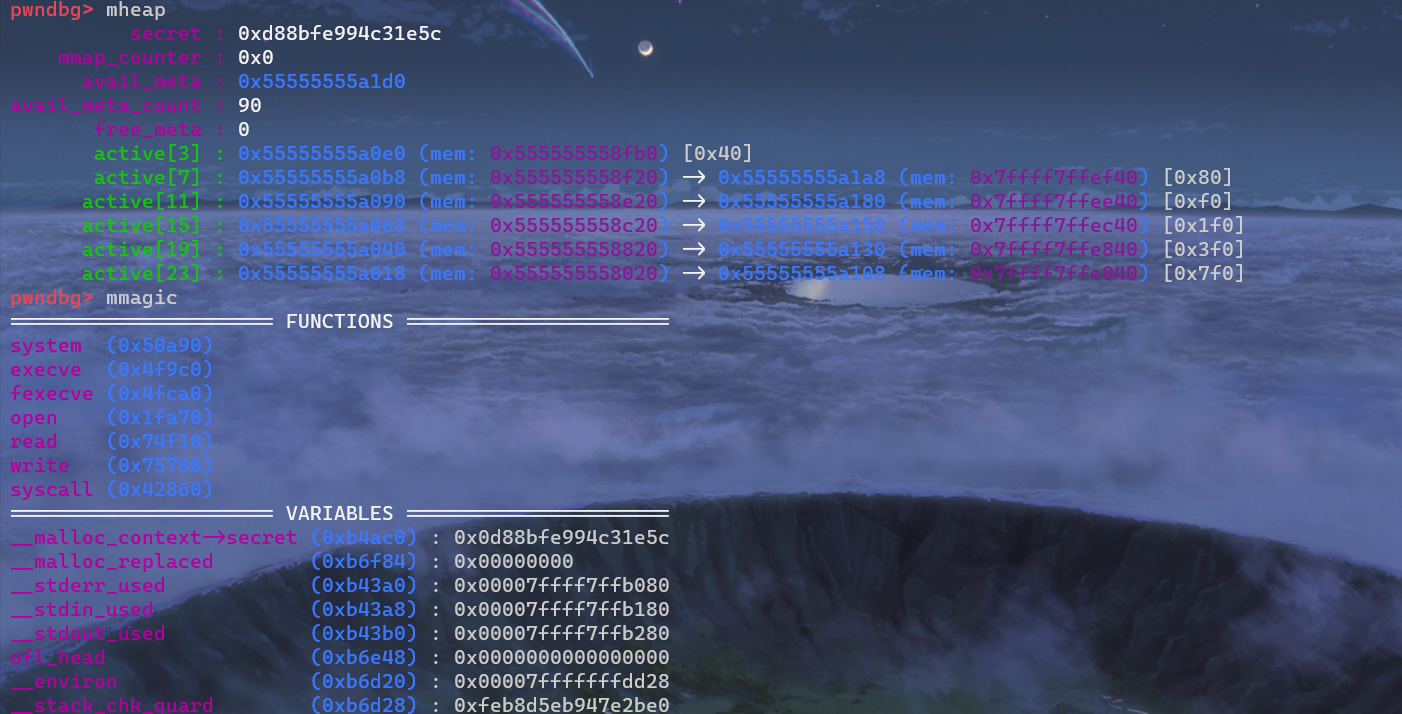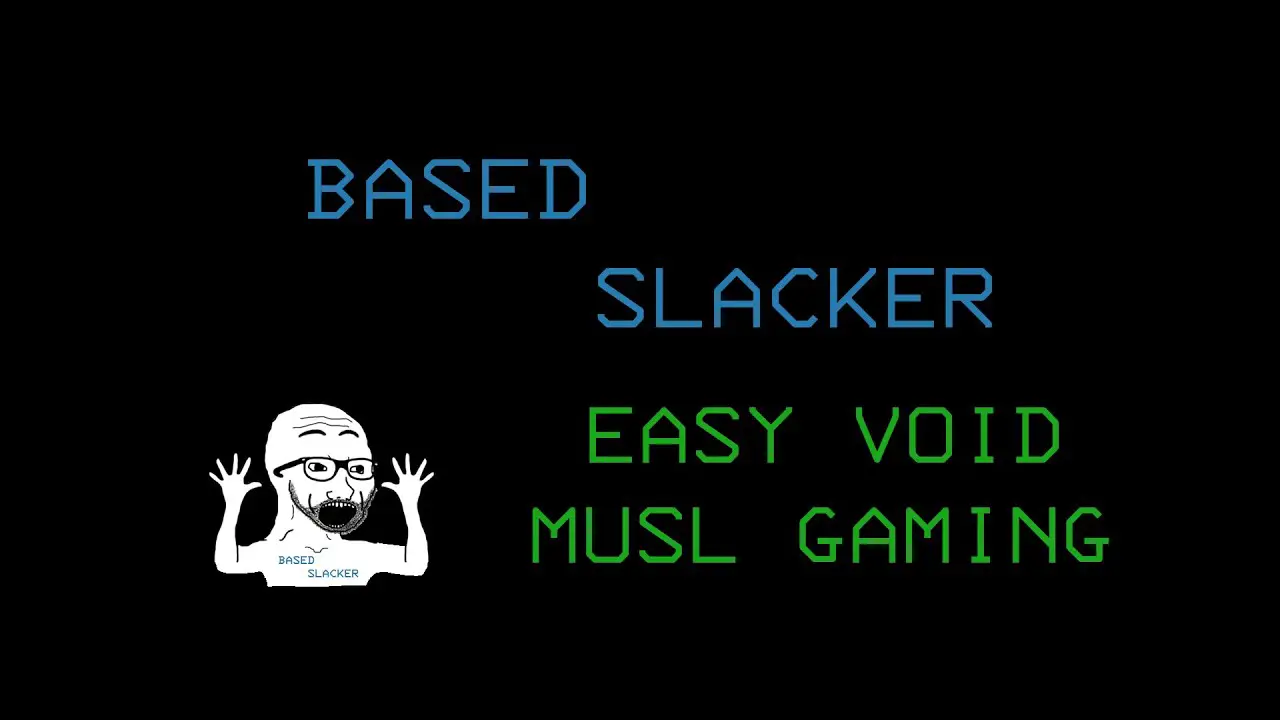Void Linux vs. Alpine: Minimalism and Musl Libc

Void Linux and Alpine Linux are two popular minimalist Linux distributions that prioritize performance, security, and efficiency. Both distributions are characterized by their small size, fast boot times, and minimal system footprint. However, there are some key differences between the two that stem from their respective design philosophies and the use of different C standard libraries.

Musl Libc vs. Glibc

A fundamental difference between Void Linux and Alpine Linux lies in their choice of C standard library. Void Linux uses the GNU C Library (Glibc), while Alpine Linux uses the Musl C Library (Musl).
- Glibc: Glibc is a mature and widely-used C library maintained by the GNU Project. It provides a comprehensive set of functions and features, including support for internationalization (i18n), threading, and dynamic linking. Glibc is also known for its compatibility with a vast array of software, making it easier to find and install applications.
- Musl: Musl is a newer and more lightweight C library designed to be secure and efficient. It is significantly smaller than Glibc, making it ideal for embedded systems and devices with limited resources. Musl also has a simpler design, which makes it easier to audit and maintain. However, Musl does not support some of the advanced features found in Glibc, such as full Unicode support, internationalization, and threading.
System Minimalism
Void Linux and Alpine Linux both emphasize system minimalism, but they approach it differently.
- Void Linux: Void Linux takes a more “do-it-yourself” approach to minimalism. It provides a minimalist base system that users can customize and extend with their own packages and configurations. Void Linux encourages users to build their own systems from scratch, giving them complete control over their installation.
- Alpine Linux: Alpine Linux, on the other hand, offers a more curated experience. It provides a pre-built minimal system with a carefully selected set of essential packages. Alpine Linux aims to strike a balance between minimalism and user-friendliness by providing a functional system out of the box while still allowing for customization.
Package Management
Void Linux and Alpine Linux use different package management systems:
- Void Linux: Void Linux uses its own package manager, called xbps, which emphasizes simplicity and speed. xbps uses a binary package format and a rolling release cycle, allowing users to easily update their systems.
- Alpine Linux: Alpine Linux uses the Alpine Package Keeper (APK) package manager, which is designed for speed and efficiency. APK uses an independent root package tree, making it easier to manage package dependencies and resolve conflicts.
Target Audience
Ultimately, the choice between Void Linux and Alpine Linux depends on specific user preferences and requirements:
- Void Linux: Void Linux is suitable for users who prioritize customization, control, and a “do-it-yourself” approach to system building. It is popular among advanced Linux users and those who seek a lightweight and flexible distribution.
- Alpine Linux: Alpine Linux is well-suited for users who value a pre-configured minimal system, security, and efficiency. It is ideal for embedded systems, virtual environments, and scenarios where resources are limited.

Void Linux and Alpine Linux are both great choices for those who are looking for a minimalist Linux distribution. Void Linux is a good choice for those who want a rolling release distribution that is known for its simplicity and performance. Alpine Linux is a good choice for those who are looking for a small and secure distribution that is ideal for embedded devices and servers. Both distributions have their own unique advantages and disadvantages, so it’s important to do your research and choose the one that is right for you.
Void Linux and Alpine Linux are both too minimalist for my taste. I prefer a distribution that has a more traditional desktop environment and a wider range of software available. I also don’t like the fact that Void Linux uses a custom package manager. I prefer to use a package manager that is more widely used, such as apt or yum.
I’m interested in trying out Void Linux and Alpine Linux. I’ve heard good things about both distributions, but I’m not sure which one is right for me. I’m looking for a distribution that is lightweight and fast, but I also want a distribution that has a good selection of software available. Can anyone recommend one distribution over the other?
I don’t understand why anyone would want to use a minimalist Linux distribution. I mean, what’s the point of having a computer if you can’t install all the software you want? I prefer to use a distribution that has a wide range of software available, even if it means sacrificing some performance.
Oh, wow, two more minimalist Linux distributions. Just what the world needs. I’m sure these distributions are great for people who want to live in a cave and never use a computer for anything other than checking email. But for the rest of us, we need a distribution that has a more traditional desktop environment and a wider range of software available.
I’m not sure which is worse, Void Linux or Alpine Linux. They’re both so minimalist that they’re practically unusable. I mean, who wants to use a distribution that doesn’t even have a graphical user interface?
Void Linux and Alpine Linux are both great choices for those who are looking for a minimalist Linux distribution. Void Linux is a good choice for those who want a rolling release distribution that is known for its simplicity and performance. Alpine Linux is a good choice for those who are looking for a small and secure distribution that is ideal for embedded devices and servers. It really depends on your individual needs and preferences as to which distribution is right for you.
I’m not sure what all the fuss is about Void Linux and Alpine Linux. They both seem like pretty niche distributions to me. I’m just looking for a distribution that is easy to use and has a good selection of software available. I don’t really care about minimalism or security.